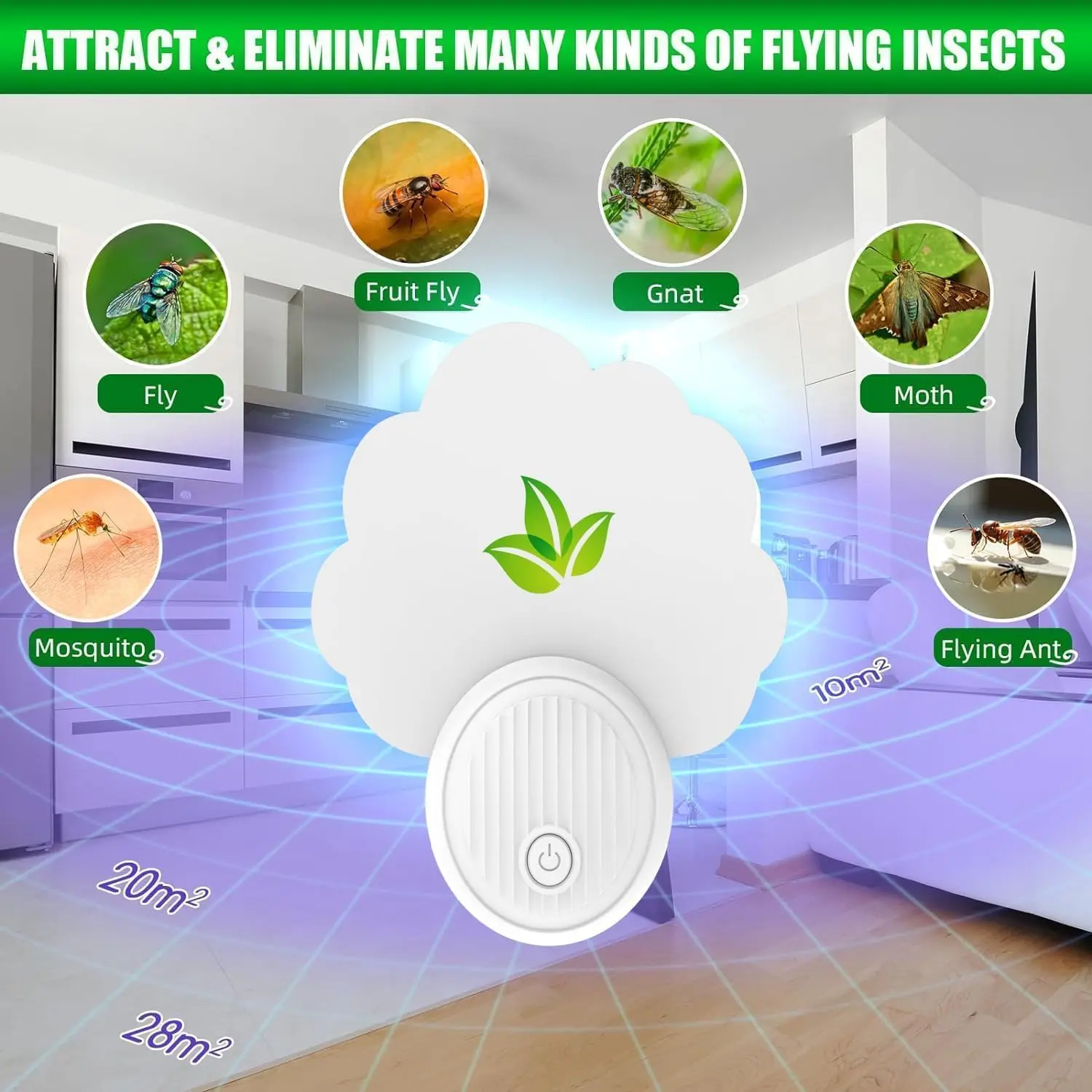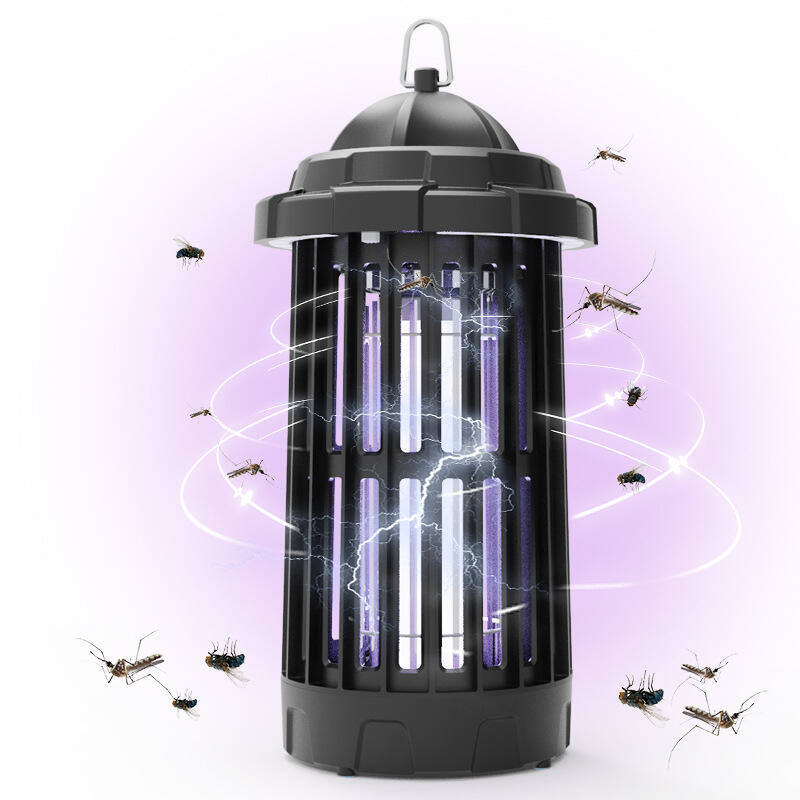The Quiet Life: How Anti Bark Devices Can Improve Your Neighborhood
Understanding the Impact of Excessive Barking
Common Triggers for Persistent Barking
Persistent barking in dogs is often triggered by a variety of factors. One of the most common causes is social isolation; dogs, being social animals, may bark excessively when they feel lonely. Boredom is another key trigger, particularly for highly active breeds that require a lot of stimulation. Environmental stimuli, such as noise from traffic or other animals, can also provoke barking. It's worth noting that certain breeds naturally tend to bark more and may require heightened management to prevent excessive noise. Behavioral issues like anxiety and fear also play a significant role. According to studies, dogs may bark when anxious as a response to unfamiliar situations or perceived threats. Recognizing these triggers is essential in managing a dog's barking.
Effects on Community Well-Being
Excessive barking can significantly impact community well-being and create tension among neighbors. Persistent noise can disrupt the peace of a community, leading to conflicts between residents. It's not just an auditory annoyance; the psychological effects, such as increased stress levels, can be substantial. Studies indicate that noise pollution in urban areas is linked to higher stress and mental health issues among residents. Dog owners should be aware of how their pets' behavior affects others and take steps to mitigate any negative impacts. Controlling excessive barking is not only a matter of individual responsibility but also contributes to the overall harmony and mental well-being of the community.
How Anti-Bark Devices Address Noise Pollution
Ultrasonic Technology Explained
Ultrasonic devices have emerged as a preferred anti-bark solution by emitting high-frequency sounds that are inaudible to humans but discomforting to dogs. These devices function by interrupting and deterring persistent barking through sound frequencies that reach up to 25kHz. According to market research, ultrasonic technology can effectively reduce barking by up to 80% in certain cases. One major advantage of ultrasonic systems is the non-invasive approach they employ, which relaxes both pet owners and their neighbors. However, their effectiveness can vary based on the individual dog's sensitivity and their environment, which may sometimes limit their effectiveness compared to other methods.
Citronella Spray Deterrents
Citronella spray devices work by releasing a burst of citronella mist towards the dog's face as they start barking. This unexpected spray acts as a deterrent, interrupting the dog's barking pattern. Studies have shown this method to be as effective as shock collars in controlling excessive barking, often viewed as a more humane alternative. There are, however, ethical concerns regarding the discomfort caused by these sprays, such as causing stress and anxiety in some dogs. Despite this, many pet behaviorists advocate for these devices as a temporary measure, emphasizing the importance of respecting the pet's well-being.
Vibration-Based Correction Systems
Vibration-based correction systems offer another avenue for controlling nuisance barking, delivering a gentle vibrational signal that distracts the dog from barking. Research highlights the success of these devices in fostering learning through non-punitive methods, with outcomes showing significant improvement in trained dogs. Owners frequently report high satisfaction rates, appreciating the humane approach that vibration provides compared to harsher measures. This solution helps build a positive rapport between the dog and its owner, fostering a mutually beneficial training experience without fear or anxiety.
Evaluating Effectiveness and Neighborhood Benefits
Success Rates Across Dog Breeds
The effectiveness of anti-bark devices varies significantly across different dog breeds, influenced by factors such as sensitivity and compliance. For instance, small breeds like Chihuahuas and Pomeranians, known for their heightened sensitivity, often respond well to ultrasonic devices due to their acute hearing. In contrast, larger breeds like Labradors might exhibit better results with vibration-based systems, given their robust nature. Dog trainers often emphasize the importance of selecting a device tailored to the breed’s characteristics to maximize success rates. Anecdotal evidence supports this, with trainers reporting higher compliance and reduced barking in breeds matched appropriately with the device. Choosing the right product based on understanding each breed's unique behavior is crucial to achieving optimal results in managing excessive barking effectively.
Case Studies in Urban Environments
Several case studies in urban settings highlight the successful impact of anti-bark devices in reducing neighborhood noise pollution. In a study conducted in a densely populated city block, the implementation of ultrasonic and vibration-based devices led to a 70% reduction in daily barking incidents. This significant decrease not only benefited the immediate environment but also improved relations among residents, as noted in community feedback. Neighbors reported heightened satisfaction and more harmonious living conditions, underscoring the role of these devices in fostering peaceful urban coexistence. These studies demonstrate that, when strategically deployed, anti-bark devices can profoundly enhance the quality of life in noisy urban neighborhoods, highlighting their potential as a vital tool for managing community soundscapes.
Ethical Considerations and Humane Alternatives
Addressing Animal Welfare Concerns
When considering anti-bark devices, it's vital to evaluate their impact on animal welfare. While these devices aim to modify behavior, the ethical implications should not be overlooked. Experts assert that humane correction differs significantly from abusive training tactics. For instance, reputable organizations such as the American Humane Society advocate for the humane treatment of animals in the context of training, supporting methods that do not induce stress or fear. This distinction is crucial, ensuring that methods used are effective yet respectful to the dog's well-being. Humane bark control solutions emphasize the use of non-physical means to communicate with dogs, reflecting an ethical approach to behavior modification.
Positive Reinforcement Training Methods
Positive reinforcement training stands as a humane, effective alternative to anti-bark devices. This non-invasive method relies on rewarding desired behaviors rather than punishing undesired ones, fostering a safe learning environment for dogs. Prominent trainers advocate for techniques that can replace traditional deterrent methods, illustrating the effectiveness of this approach. Many success stories highlight how positive reinforcement not only improves dog behavior but also enhances owner satisfaction. For example, training a dog to cease barking by rewarding calm behavior creates a positive association, effectively reducing unwanted barking without discomfort. Integrating these training methods offers a holistic approach to behavioral adjustment, underscoring their value as dog training alternatives.
Choosing and Implementing the Right Solution
Key Features to Compare
When selecting an anti-bark device, considering key features is crucial to ensure effectiveness and suitability for your needs. Important aspects include the device's range and training capabilities, as some models may offer better sensitivity or adaptability for various environments. User-friendliness and battery life are equally significant, as they affect the convenience and maintenance of the device. Consumer reviews often highlight models with exceptional battery longevity and intuitive interfaces, underscoring their importance in user experience. Therefore, to make an informed choice, compare popular devices like indoor stationary units, outdoor devices, and collar-based models, taking note of their unique attributes and how they meet your specific requirements.
Installation Best Practices
To maximize the efficiency of anti-bark devices, following a proper installation guide is essential. Begin with a straightforward setup by unpacking the device and reading through the manufacturer's instructions. Typically, placement is crucial; ensure the device is located at an optimal height and within the barking dog's area for maximum detection. Experts recommend positioning devices away from walls and unnecessary obstructions to avoid detection interference. Also, during the initial transition, patience is key for both the pet and owner; give the dog time to adjust, ensuring a smooth adaptation process while minimizing stress.
Open Communication Between Residents
Open communication among residents plays a vital role in addressing dog barking issues in a community. This collaborative effort helps to promote community involvement and constructive dialogue. Initiating conversations on noise can start with friendly discussions, focusing on shared experiences and potential solutions. Conflict resolution techniques are beneficial here, encouraging compromise and cooperation. Many neighborhoods have successfully reduced noise by adopting these strategies, fostering improved relationships and enhanced community living. By implementing coordinated efforts and maintaining transparent communication, residents can achieve a peaceful environment for everyone involved.
FAQ
What causes dogs to bark excessively?
Dogs may bark excessively due to social isolation, boredom, environmental stimuli, anxiety, or fear. Each dog may have different triggers, and understanding these can help manage barking.
How can excessive barking impact a community?
Excessive barking can disrupt community peace, leading to conflicts between neighbors and increased stress levels among residents.
What are the main types of anti-bark devices?
Common anti-bark devices include ultrasonic devices, citronella spray deterrents, and vibration-based correction systems, each using different methods to deter barking.
Are anti-bark devices humane?
While many anti-bark devices are considered humane, it is important to choose ones that do not cause stress or fear in dogs, such as ultrasonic or vibration-based systems.
Can positive reinforcement training be an alternative to anti-bark devices?
Yes, positive reinforcement training is a humane alternative that focuses on rewarding desired behaviors instead of punishing undesired ones.

 EN
EN




















































